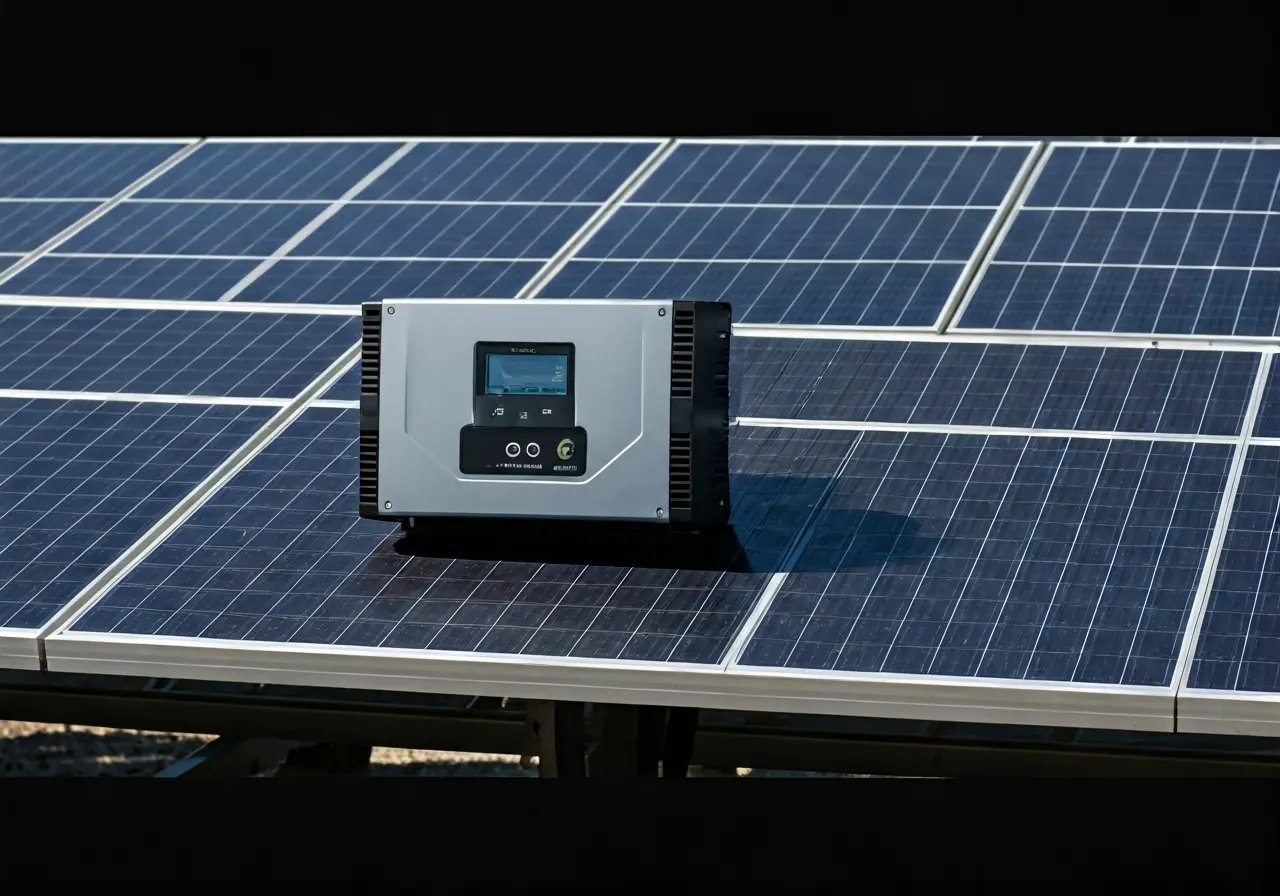What Is a Solar Inverter and How Does It Work?
Solar energy is becoming increasingly popular, and understanding the components of a solar system is essential for making the most of this renewable resource. One critical component is the solar inverter, which converts the energy generated by solar panels into usable electricity. In this FAQ, we'll demystify what a solar inverter is and how it functions.
What is a Solar Inverter?
A solar inverter is an essential device in a solar power system. It converts the direct current (DC) electricity produced by your solar panels into alternating current (AC) electricity, which can be used by your home appliances and exported to the grid.
Without an inverter, the electricity generated by solar panels can't be used in most household appliances as they run on AC power. This conversion from DC to AC happens seamlessly within the solar inverter, ensuring the energy from your solar panels is ready for use in your home or business. It's like the translator between your solar panels and the energy needs of your household.
How Does a Solar Inverter Work?
The inverter uses complex electronics and microprocessors to switch the DC input in a way that mimics the smooth AC waveform. This process involves several stages, including DC to AC conversion, voltage regulation, and synchronization with the grid frequency.
In essence, solar inverters function by taking the raw electric output from a photovoltaic solar panel and passing it through a sophisticated conversion process. These devices are equipped with intelligent monitoring systems that constantly measure and adjust the energy output to maintain an optimal flow of electricity suited for domestic use and grid distribution.
Furthermore, the role of a solar inverter extends beyond conversion; it also helps in maximizing system performance by interfacing with solar batteries and even providing grid support. It's a key component in achieving a smart and efficient renewable energy system.
Types of Solar Inverters
There are various types of solar inverters, including string inverters, microinverters, and power optimizers. Each type has its own advantages and applications, depending on the size and specific needs of your solar power system.
String inverters, the most common type, are cost-effective but can be less efficient if your panels have variable shading. Microinverters, on the other hand, are installed at each panel, allowing for individual optimization and thus better performance in varied conditions. Power optimizers blend the benefits of both, improving module management and maximizing energy output even in challenging conditions.
Choosing the right inverter depends on factors such as roof orientation, solar panel layout, and specific energy goals. Understanding these different types can help tailor your solar setup for maximum efficiency and reliability.
Benefits of Using Solar Inverters
Inverters are crucial for converting solar energy for usable power and maximizing system output. They also allow for remote system monitoring and can increase the longevity of your solar panels by optimizing their performance.
Another benefit of solar inverters is their ability to improve energy efficiency. By continuously regulating voltage, they ensure that your solar panels produce the maximum possible electricity by adapting to environmental changes. This leads to significant electricity savings over time.
Additionally, modern inverters come with smart features like real-time monitoring, which lets you track your system's performance remotely. This provides peace of mind and the ability to detect issues before they become significant, reducing downtime and maintenance costs.
Maintenance and Troubleshooting Tips
Regular maintenance of your solar inverter ensures it operates efficiently. Check for any error messages on the display, keep the inverter clean and free from dust, and ensure proper ventilation to prevent overheating.
It's also vital to keep track of your inverter's performance via its built-in monitoring systems, if available. Many systems offer mobile apps or web interfaces for easy access to real-time data.
Careful installation is another crucial aspect of solar inverter maintenance. Ensuring your inverter is installed in a shaded, cool, and well-ventilated area can significantly enhance its lifespan and efficiency, allowing it to perform optimally year-round.
Empowering Your Solar Journey
Solar inverters play a pivotal role in the efficiency and effectiveness of solar power systems. By understanding their function, types, and maintenance, you can ensure that your solar system is running optimally. Whether you're a homeowner looking into solar energy or simply curious, knowing how inverters work can empower you in making informed decisions.


